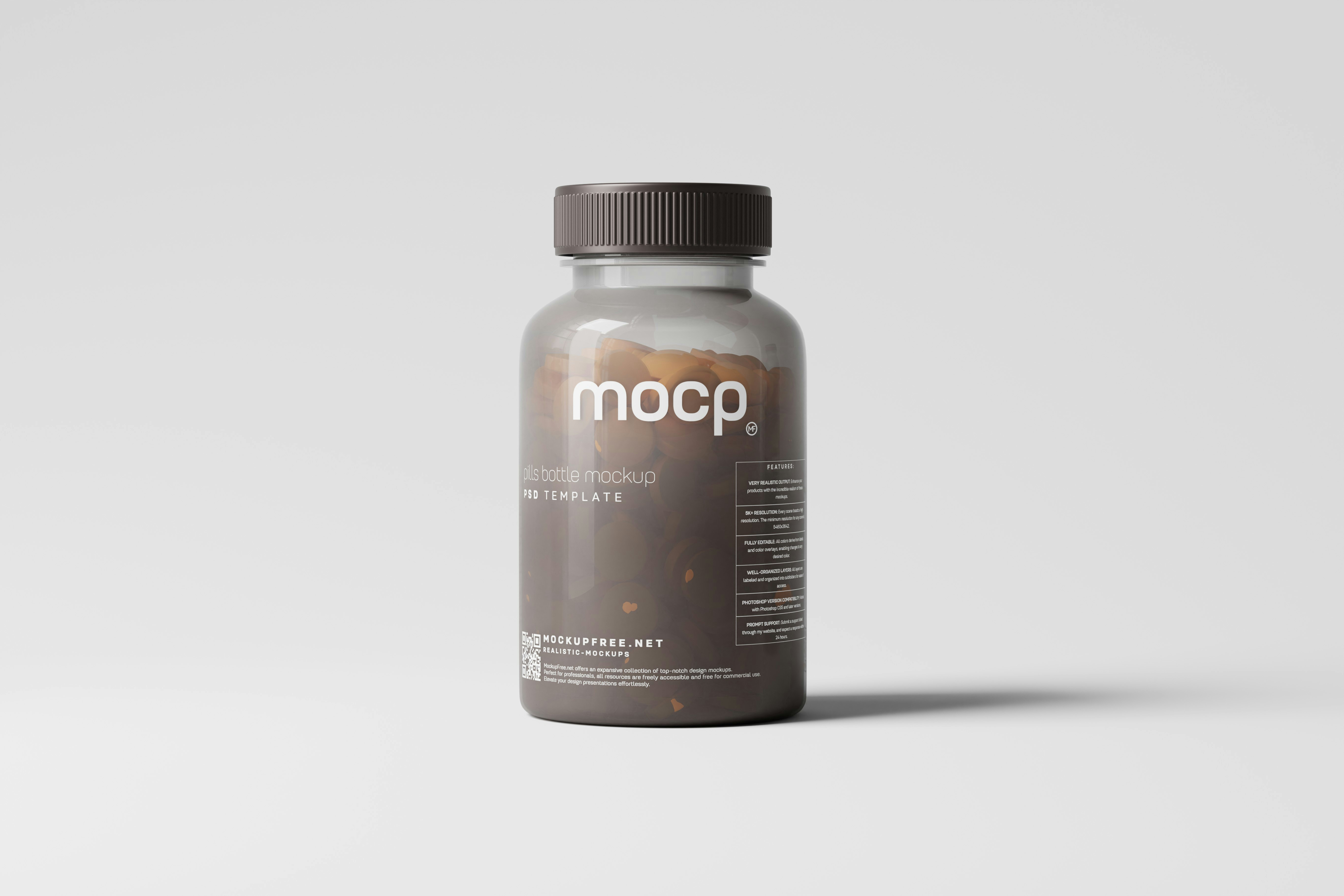12
Sep
let's talk about buprenorphine, what is subutex and suboxone,

WHAT OUR CUSTOMERS HAVE TO SAY
UK Med Solutions is my preferred choice for medication delivery. They offer reliable service and discreet packaging. Highly recommended for anyone seeking a convenient online pharmacy
Stephen Flores
At UK Med Solutions, we prioritize customer health, safety, and convenience. All our medications are sourced from licensed manufacturers and undergo strict quality control to ensure they meet the highest medical standards. Our easy-to-navigate website makes it simple to find the pills you’re looking for, with detailed product information to help you make informed decisions.




